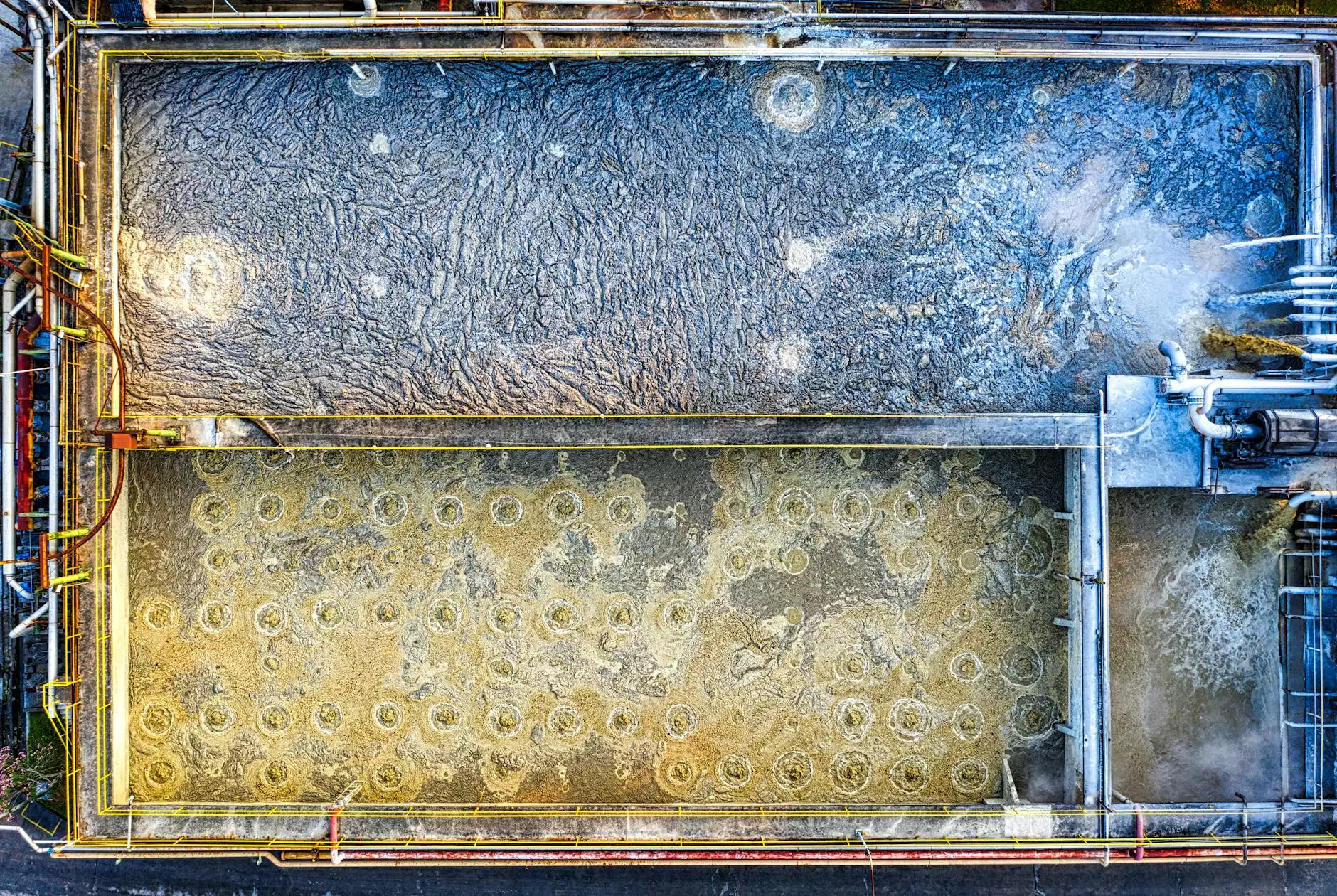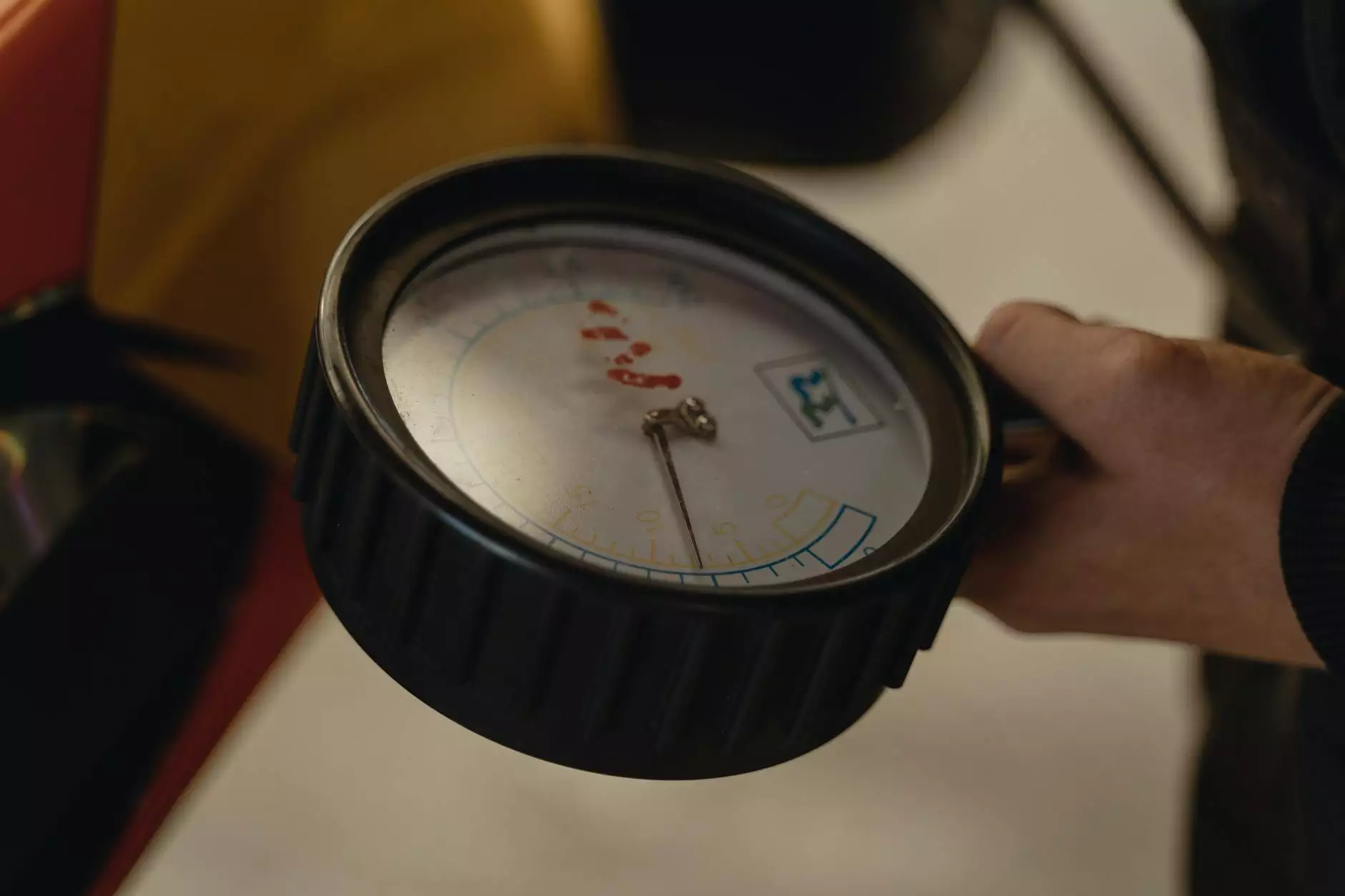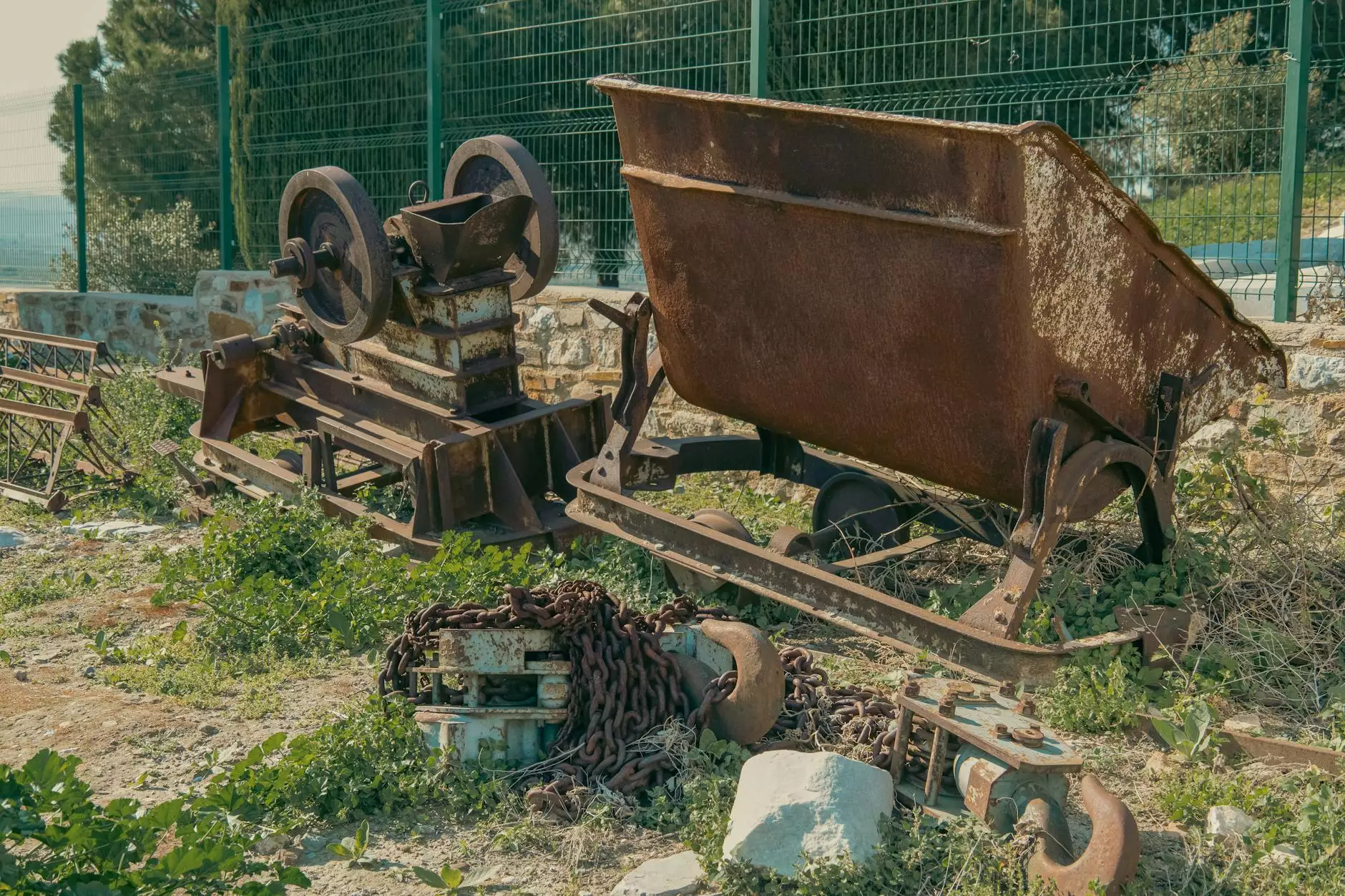Understanding Diastasis Recti and the Benefits of Postnatal Pilates

Diastasis recti is a condition that affects many new mothers, often appearing during or after pregnancy. This occurrence results in the separation of the abdominal muscles, which can lead to a weakened core and various other health complications. Fortunately, engaging in postnatal Pilates can be incredibly beneficial for healing diastasis recti and restoring strength in the core. This article will delve deep into the nuances of this condition, explore the effectiveness of postnatal Pilates, and guide you on how to incorporate it into your recovery plan.
What is Diastasis Recti?
Diastasis recti occurs when the rectus abdominis muscles, which run down the center of the abdomen, separate due to the stretching of the tissue that connects them. This can happen during pregnancy as the body stretches to accommodate the growing fetus. In fact, studies indicate that about 60% of women experience some degree of diastasis recti during or post-pregnancy.
Symptoms of Diastasis Recti
Recognizing diastasis recti can be straightforward if you know what to look for. Common symptoms include:
- A bulge or ridge in the middle of the abdomen when you exert effort, such as when getting up from lying down.
- Back pain or postural issues due to core weakness.
- Difficulty movement like squatting or lifting.
- Urinary incontinence or other pelvic floor issues.
If you suspect you have diastasis recti, consulting with a healthcare professional or a physical therapist specializing in postnatal care is crucial for proper assessment and guidance.
The Role of Pilates in Recovery
Postnatal Pilates is specifically designed to cater to the needs of new mothers recovering from childbirth. This method focuses on building core strength while ensuring safety and proper technique. The combination of breathwork, alignment, and controlled movements in Pilates makes it an excellent choice for healing diastasis recti. Here’s why:
1. Core Engagement and Strengthening
Postnatal Pilates emphasizes core engagement through exercises that train the transverse abdominis, the deepest layer of the abdominal muscles. By targeting this muscle, you can effectively support the abdominal wall and close the gap of diastasis recti.
2. Improved Postural Alignment
Many women experience changes in their posture post-pregnancy due to weight gain and shifts in body mechanics. Pilates focuses on achieving balance and alignment, which can alleviate discomfort caused by poor posture and help in the rehabilitation process.
3. Increased Flexibility
The movements involved in Pilates promote flexibility in the body while also ensuring that your muscles remain strong. This balance is crucial for a new mother who needs to care for her child and regain mobility without risking injury.
4. Body Awareness
Postnatal Pilates fosters a deeper connection to your body, teaching you how to move mindfully and safely. This heightened awareness supports the journey of recovery and encourages proper mechanics as you engage in daily tasks.
Getting Started with Postnatal Pilates for Diastasis Recti
Beginning a postnatal Pilates practice doesn’t have to be overwhelming or complicated. Here are some steps you can take to safely incorporate Pilates into your recovery regimen:
1. Consult with Professionals
Before starting any exercise program, speak with your healthcare provider or a specialized physical therapist. They can assess your condition and provide insights tailored to your unique needs.
2. Choose the Right Class or Program
Look for Pilates classes that focus on postnatal recovery. Many studios offer programs specifically designed for new mothers, ensuring that exercises are safe and effective for diastasis recti.
3. Start Slowly
Begin with gentle movements and avoid high-impact exercises until you have built sufficient strength and stability in your core. Concentrate on gentle explorations of your range of motion and core engagement.
4. Focus on Specific Exercises
Incorporate exercises that specifically target the core without straining the abdominal wall. Here are some recommended exercises to start with:
- Pelvic Tilts - A fundamental exercise for engaging the core.
- Cat-Cow Stretches - Helps improve spinal mobility and awareness.
- Side-lying Leg Lifts - Strengthens the oblique muscles without stressing the abdomen.
- Modified Plank - Holding a stable position to strengthen the transverse abdominis.
Additional Tips for Success
While engaging in postnatal Pilates for diastasis recti, consider these additional tips to enhance your practice and recovery:
1. Be Patient with Yourself
Recovery from diastasis recti takes time. Listen to your body and allow yourself grace as you learn to engage your core again. Celebrate small victories along the way.
2. Combine with Other Health Practices
It might also be beneficial to incorporate other health practices such as gentle cardio, nutrition management, and mindfulness techniques. This holistic approach will support your overall wellbeing during your recovery journey.
3. Progress Gradually
As you become more comfortable with your practice, gradually increase the intensity of your exercises. This can include adding resistance or progressing to more complex movements, as guided by a professional.
Conclusion
Postnatal Pilates is a gentle yet effective way to address diastasis recti and reclaim your core strength. With the right approach, you can facilitate healing, improve your physical health, and cultivate a deeper connection with your body as a new mother. Remember, every journey is unique; prioritize your wellbeing above all and seek support when needed.
For personalized guidance and support, consider visiting Hello Physio, where knowledgeable professionals can assist you on your journey to recovery through tailored Pilates programs and physical therapy services.
postnatal pilates diastasis recti







